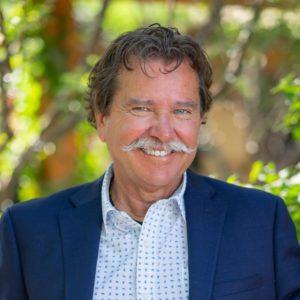by Scottsdale City Council Candidate John Little
In 2003, the City Council appointed a task force to consider whether Scottsdale should elect the members of its City Council by district.
Currently, the Mayor and all six members of the City Council are elected at-large. Although Scottsdale is not unique in having an at-large system, most communities the size of Scottsdale (population of about 260,000) elect council members by district.
A serious reconsideration of this idea is long overdue. Is it time to ask voters to change Scottsdale’s “Seven Mayor” system? I believe it is.
The argument for districting is that it would lead to more accountability and assure better representation of all parts of the city. When Scottsdale was incorporated in 1951, it consisted of less than one square mile and had a population of 2,000 residents.
When the Scottsdale City Charter was adopted in 1961, it consisted of about 4 square miles and had a population of 10,000. Scottsdale now consists of 185 square miles and has a population of about 260,000.
Because Scottsdale citizens decided to tax themselves to buy and set aside the Sonoran Mountain Preserve (about 25% of the total area of Scottsdale or about 45 square miles), Scottsdale’s originally projected population of 480,000 will actually peak at about 280,000.
The question becomes: What is the best way to elect members of the City Council so that residents are best represented?
In 2003, the District Advisory Task Force considered many different forms of electing council members. Under all of them, the Mayor would have been elected at-large as is the case now. But members of the City Council would have been elected in various ways. For example:
- One option recommended was to elect all six members on a district basis.
- A second option was to adopt three districts and elect two members per district—so that, at every election, voters would have the ability to vote for a council member—as they do in the current at-large system.
- Two blended options were proposed. One called for electing three council members at-large and three by district; and another called for electing four council members at-large and two by district.
The two blended options would mix and match the at-large and district systems. The cost of seeking election within a district would be less than the cost of seeking election at-large.
Many arguments were made about things like accountability and assuring geographic representation—i.e., does a council member adequately represent all parts of the city if elected at-large? Conversely, does electing all council members at-large give better representation because, then, every voter is equally represented by the Mayor as well as all six council members?
To change to a district form of electing council members, a change to the City Charter would be needed; we, the people, will have to decide. Sixteen years ago, the City Council put the six district system on the ballot and, after a spirited election, the amendment failed.
The question is this: Should districting, in some form, be reconsidered?
Because of population growth and the fact that Scottsdale is close to buildout, it is important to hear what citizens have to say.
If elected to the City Council, I will propose reconsidering the districting issue to determine whether there is sufficient citizen interest in considering the issue again.
I believe that reconsideration should not proceed if there is not overwhelming support for both adoption of a change as well as adoption of a specific model of representation.
I don’t support change for the sake of change—I support change if it creates a more level playing field for all citizens.
In my opinion, it is time to put “unity” back into our community. Over the past year, as I have listened to the frustrations of citizens about not being heard or respected, I have come to the belief that now is the time to fix it once and for all.
Moving the issue forward will require both leadership and collaboration.
Together we can discover the best way to make sure our government can more clearly hear the voices of its people.
Sincerely,
John

